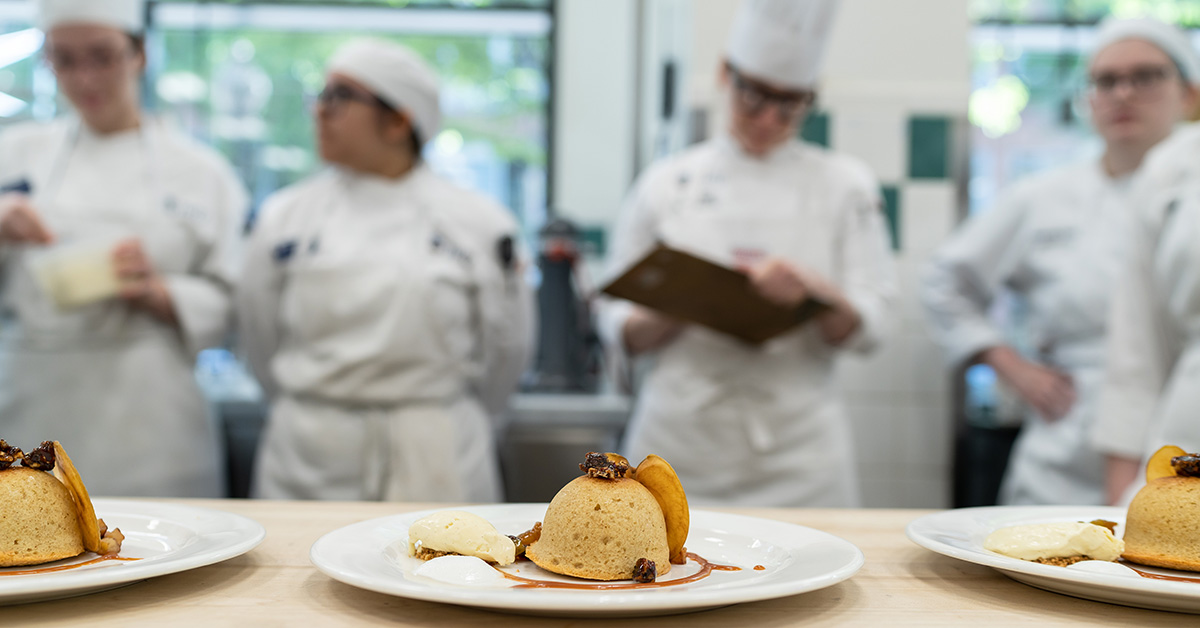With Daina Soto-Sellers, Associate Professor, College of Food Innovation & Technology and Scott Smith, PhD, Director of Online Culinary Programs
A common question from prospective students about the online Professional Culinary Skills Certificate (PCSK) program is, “How will the chef instructors evaluate my cooking when they can’t taste the food I prepare?”
Recalling his experience as a student, Rich Clay, ’23 comments, “People asked me what it was like to study cooking online. When I first thought about enrolling, I wondered about that, too. How would my culinary teachers evaluate my cooking without tasting the food I made? I was surprised at the many ways we used our senses to analyze my cooking techniques.”
Sensory properties of food, known as organoleptic properties, include taste, color, aroma, and mouthfeel. The ability of our sensory organs — taste buds on the tongue, olfactory nerve receptors in the nasal passages of the nose, eyes and ears — to detect and evaluate sensory stimuli while we are eating, is described as sensory perception. We engage all of these senses to help us prepare food that is visually appealing and tasty.
Important to each chef’s success is the ability to objectively evaluate whether the food combinations are likely to please the consumer. All culinary students at Johnson & Wales are taught to conduct sensory evaluations of the food they create. For students in the online PCSK program, sensory analysis helps develop their cooking skills but is also a primary way for chef instructors to evaluate students’ culinary techniques.
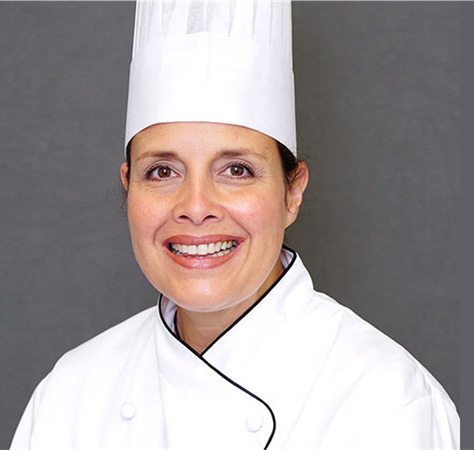
Chef Professor Daina Soto-Sellers explains, “Since I can’t physically taste their dish, I rely on students’ ability to articulate sensory attributes using structured vocabulary and providing very specific visuals.
“Evaluating sensory aspects in an online format requires students to become highly descriptive and analytical in their assessments. Students are required to both verbalize and type detailed sensory evaluations as part of each cooking assignment, describing the appearance, aroma, taste, texture, and overall flavor profile. They are encouraged to use a word bank to ensure precise and consistent terminology.”
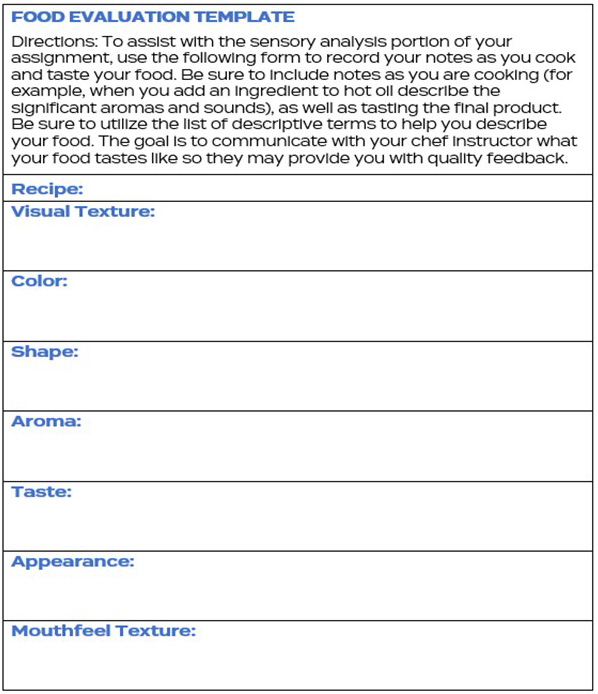
Students in the online program submit videos and photos of themselves preparing food for chef professors to review. Soto-Sellers explains, “Students are required to capture key moments in each assignment, which allows me to observe fabricated ingredients, techniques, preparations and final presentation. Seeing them taste their food while they describe how the food interacts on their palate also helps in my evaluation and providing feedback.
“For example, capturing close-ups of textures, like spooning up thick soup vs. a thin soup, snapping of a green bean after blanching and shocking, or cutting a piece of poached chicken to reveal moisture levels, provides important context for their evaluations.”
Clay recalls, “I filmed videos of myself preparing food for each assignment and took detailed photos of each dish I made. The chef instructors critiqued the visual presentation, because what you see on the plate influences how the diner enjoys the meal. They could look at a dish I was preparing and know whether the food was perfectly cooked, or if I had seasoned the dishes well. I was surprised at the amount of information the chef professors got just from listening to sounds while foods were cooking — they would hear whether the food was cooking at too high a temperature, or even how well I seasoned the dish.”
How Students Learn To Conduct Sensory Evaluations
Sara Osorio, ’23 recalls that, “One of the most challenging — and interesting — aspects of the program was learning how to communicate the sensory qualities of the dishes I made. I wondered how I could express what a green bean tastes like? Or the texture of asparagus? How does the silky gravlax (salmon) feel in my mouth, compared with the crisp-crunchiness of the celery root and apple salad that I paired with the gravlax? And what words can I use to describe an elusive aroma?”
Soto-Sellers explains, “Students will apply the structured sensory evaluation framework provided in the learning content, which builds essential skills that carry through the entire culinary program. Completing all learning activities helps students refine their palates, improve their descriptive abilities, and become more confident in their ability to assess and articulate the sensory characteristics of food. In their first course, students are introduced to sensory analysis of foods, and a sensory word bank.”
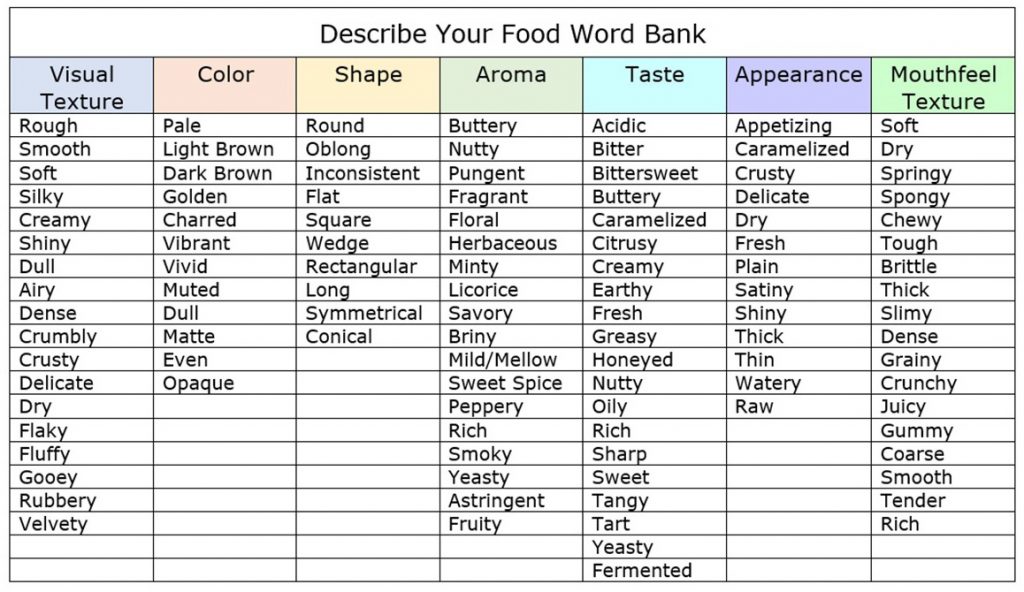
Soto-Sellers continues, “Their second course expands on sensory perception and understanding the sensory properties of foods. Besides the learning activity in the module, they are to apply the knowledge in video assignments. One of them is a candy and chocolate sensory exercise that introduces students to structured sensory evaluation in an approachable way. By using sweets with distinct textures, aromas, and flavors, they practice articulating sensory attributes while distinguishing between taste and flavor perception.
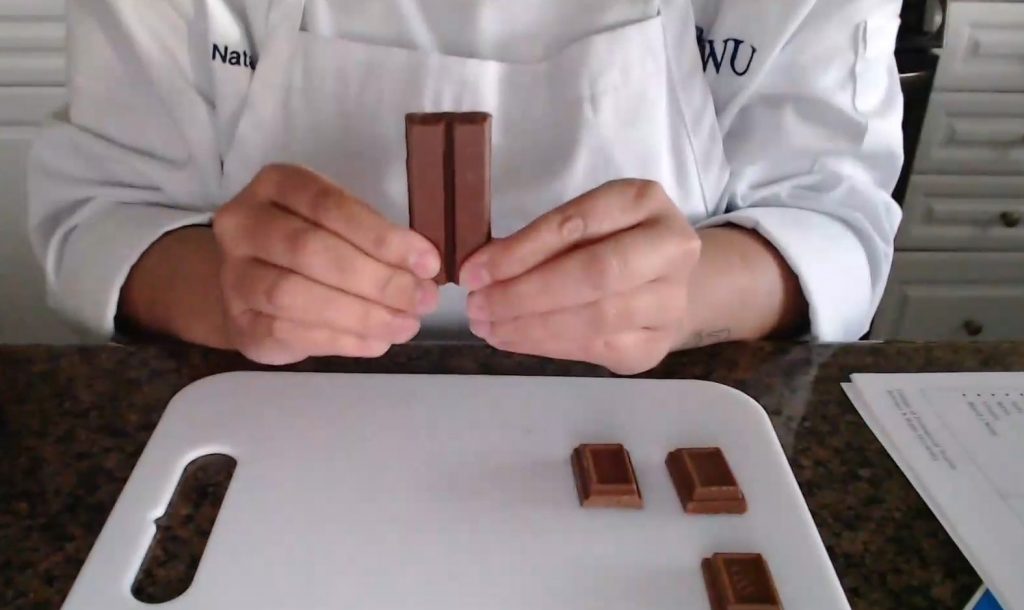
“The final step in the exercise is tasting while nose-pinching to help them understand how olfactory senses contribute to flavor. This is a fundamental technique that reinforces the difference between taste and flavor perception and should help them isolate components more effectively in later evaluations.”
Osorio explains, “At the end of every video that I filmed of myself preparing food, I completed a sensory evaluation. I printed out a chart on which I described the visual appearance of the dish, the aroma, texture, feel in my mouth (“mouthfeel”), and finally, the taste. Throughout the program, I built up my sensory terminology.”
Soto-Sellers adds, “Another activity, part of a video assignment, is analyzing the differences between stock and broth. By first making a stock and then fortifying it into a broth, students develop an understanding of how time, ingredients, and technique affect sensory qualities. This sets them up for success when evaluating soups, sauces, and preparations later in the course and moving forward to their next courses.
“To effectively describe and document the sensory qualities, I encourage them to keep practicing the structured tasting process they applied in their candy/chocolate video assignment. This involves slowing down to analyze food systematically while referencing the word bank, considering initial impressions, how flavor changes as they are chewing the food, and making notes of any lingering aftertastes.”
Soto-Sellers emphasizes, “I also encourage them to be honest in their sensory and self-reflections, this allows me to provide more accurate and assertive feedback, helping them refine their sensory analysis skills more effectively.”
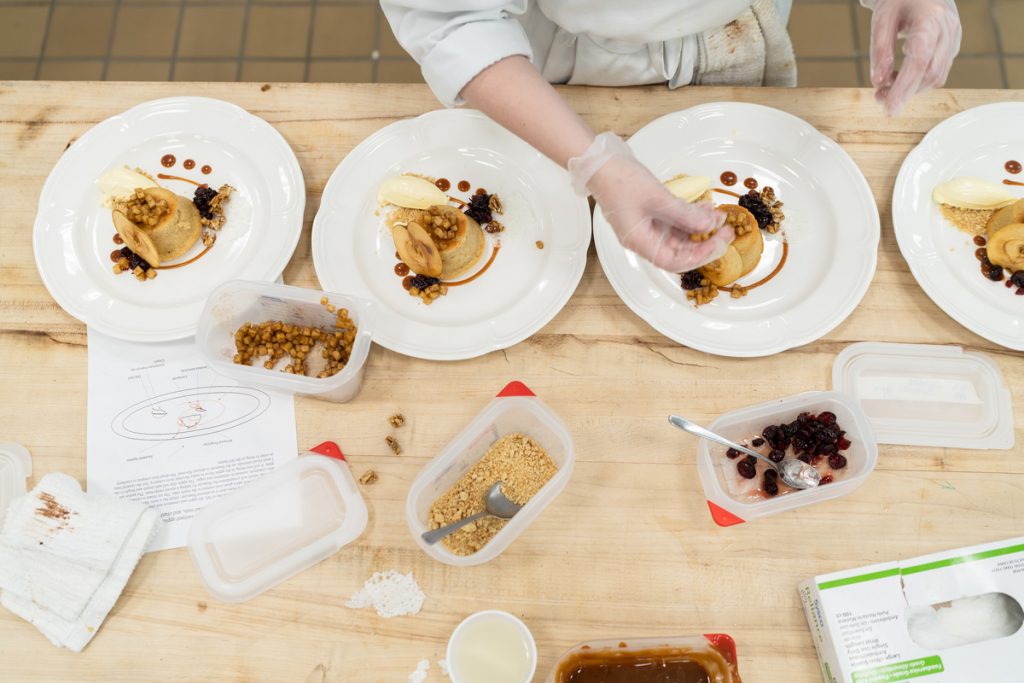
Clay concurs, “I worked hard on learning about flavor profiles and expanding my vocabulary to adequately explain my sensory analysis. We had an honor system about reporting what we experienced; it wouldn’t be of any benefit to lie about my food. I wanted to learn and grow, so I was always honest about what didn’t taste right. My professors would offer valuable feedback and instruct me on how to make the dishes taste better.”
Ready to Advance Your Culinary Career?
Johnson & Wales Online, in collaboration with JWU’s College of Food Innovation & Technology, is now enrolling for the Spring 2025 online Professional Culinary Skills Certificate program.
A worldwide leader in culinary education, JWU Online prepares graduates to advance their culinary career paths with skills and knowledge of food preparation through this 100% online certificate program. For more information about the PCSK program at Johnson & Wales Online, complete the Request Info form, call 855-JWU-1881, or email [email protected].
